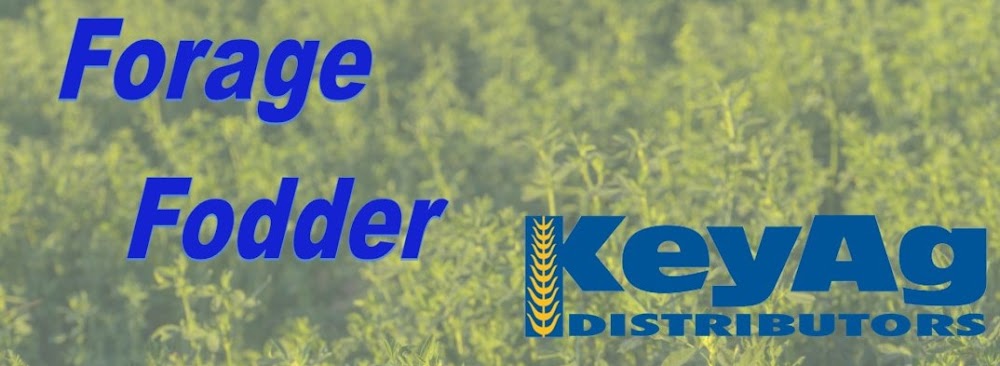Colorado—In the April 4 report, compared to the last report, trade activity light on light to moderate demand. Stable hay sold mostly steady.
Missouri—In the April 4 report, compared to last report, hay interest continues to slowly decrease as turnout draws closer each day. There is still demand and movement occurring just at a bit slower pace. The supply of hay is light to moderate; demand is moderate, prices are steady to weak. Spring weather has been extremely volatile. The cold snaps lately have slowed what seemed a month ago to be a very early growing season.
Nebraska—In the April 4 report, compared to last report, bales of alfalfa sold unevenly steady. Sun-cured alfalfa pellets in the east sold $10 lower, steady market in the Platte Valley. Millet hay in the west sold $5 lower. No test on grass or prairie hay in round bales. Demand was very light. Each day livestock owners are getting closer to summer grass turn out and most continue to have enough hay sitting around and are not looking to buy any at this time. Most contacts said they have more people calling to sell them hay than they have buyers looking for hay. Some alfalfa producers are seeing worms and bugs in their fields and have ordered spraying to be done.
Oklahoma—In the March 29 report, compared to the last report, the demand and trade remain low. With the new crop hay season around the corner, many cattle producers are trying to stretch the hay they have left. Due to the new crop and cattle producers stretching the hay, most hay prices are beginning to lower. Producers are lowering prices to replace old hay with new hay. Next report will be released April 12.
Texas—In the April 5 report, compared to last report, hay prices are mostly steady to weak on old crop hay. Trading activity was moderate on moderate demand. Hay prices are moving lower across most of the regions as first cutting is approximately a month away, so producers are looking to move old crop stock piles. High winds moved across most of the state last week and some spotty rain showers were reported in the north, central, and southeast regions. Spring field prep is underway in most regions. Pasture and rangeland conditions are mixed, with spotty moisture and warmer temperatures helping boost spring growth. The winter wheat crop in the Panhandle finally got some good moisture late, which has spurred some late season growth. Next report will be released April 19.
South Dakota—In the April 5 report, compared to last report, there were little to no trades reported.
New Mexico—In the Nov. 24, 2023 report, compared to last report, alfalfa hay steady. Trade active, demand good. The the state is 73% complete with fifth cutting, 54% with sixth cutting. Most parts of the state are wrapping up harvest for the season. According to New Mexico Crop Progress report as of Nov. 12, 2023. Hay and roughage supplies improved slightly from the previous week but remained in worse condition than prior years. Hay and roughage supplies were observed to be 25% very short, 42% short, 30% adequate, and 3% surplus. At 14% very short, 37% short, 45% adequate, and 4% surplus, stock water supplies were on par with the 5-year average. This is the last report for the season, reports will resume in spring 2024.
Wyoming—In the April 4 report, compared to last report, all hay sales sold steady on a very thin test. Sun-cured alfalfa pellets sold $20 lower. Demand was light. With green grass showing up ranchers are thinking they have enough hay to get through until summer turnout. Out of state hay sales in the big player in the market and those sales have been very slow too with most hay going to a feedlot. Few producers have donated some hay to the cattlemen in Texas after fires burned grass and hay supplies. Weather pattern has been mixed, some snow and wind then sunshine and repeat.
Montana—In the April 5 report, compared to last report, hay sold generally steady this week. Demand for hay remains light, but was more robust compared to previous weeks. Hay supplies of feeder quality hay remain heavy, but increased interest and some buying is giving producers breathing room as summer inches closer. Producers remain willing to carry over hay as snowfall has been light this winter and many still have drought and irrigation water concerns going forward. The best demand for feeder quality (utility and fair) hay remains around $140 to $150/ton delivered. Demand for straw is light as heavy straw supplies continue to be seen especially in the northern portion of the state.


No comments:
Post a Comment